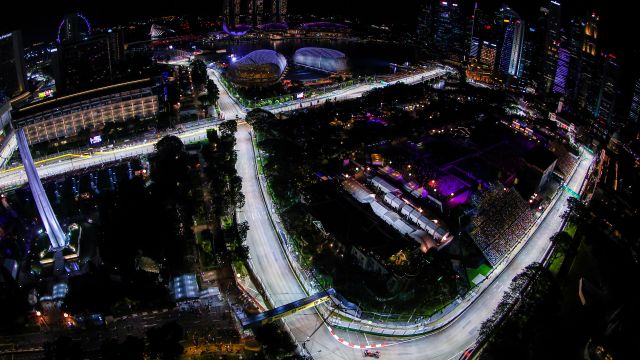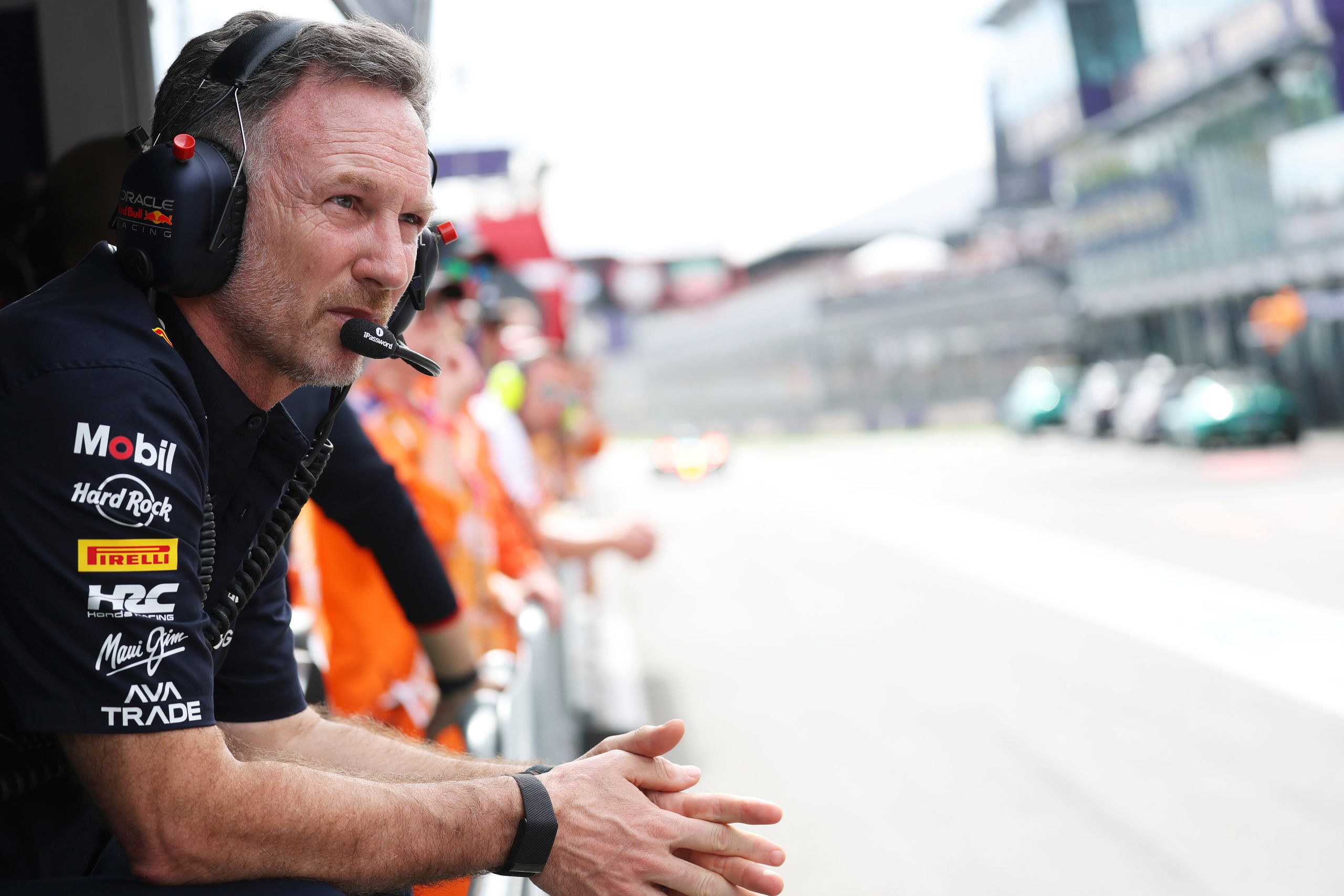Is Singapore Always A Night Race?


As you watch cars race through the night sky and valley of lights, you might be wondering, is Singapore always a night race? It’s a question that has crossed the minds of many racing enthusiasts and followers of the Formula 1 Grand Prix.
Yes, the Singapore Grand Prix is traditionally held at night. It is known for being the first night race in the history of Formula 1, providing a spectacular display of lights and high-speed action under the starry sky.
In this article, we will delve deeper into the reasons behind Singapore holding its Grand Prix at night, the unique challenges and experiences it offers to both the drivers and the spectators. We will also explore the history and the atmosphere that a night race brings to the vibrant city of Singapore.
A Detailed Explanation of the Night Races in Singapore
The Inception of the Night Race
When the Singapore Grand Prix joined the F1 calendar in 2008, it brought with it a revolutionary concept — a race held entirely under artificial lighting. This was a strategic move to accommodate the European audience, allowing them to watch the race at a convenient time. Moreover, the cooler night temperatures provided a more comfortable environment for both the drivers and the spectators.
The Technical Aspects
Organizing a night race is no small feat; it involves a meticulous setup of lighting systems to ensure visibility is on par with daytime races. The Marina Bay Street Circuit is adorned with approximately 1600 light projectors, which illuminate the track to a level comparable to daylight. This not only ensures the safety of the drivers but also enhances the visual appeal, giving the event a vibrant and futuristic ambiance.
The Unique Atmosphere
The night race in Singapore offers a unique atmosphere that is unparalleled. The glittering skyline of Singapore serves as a majestic backdrop to the high-speed action on the track. Spectators are treated to a visual spectacle as the cars zoom past iconic landmarks, under a sky lit up with fireworks, creating a festive and electrifying atmosphere that resonates with both onsite spectators and viewers from around the world.
The Challenges and Opportunities
While the night race presents a set of challenges including a different tire strategy and visibility concerns, it also opens up opportunities for strategic plays and dramatic overtakes. The drivers have to adapt to the cooler track temperatures and the dazzling lights, which add an extra layer of complexity to the race, making each lap a test of skill and endurance.
Here’s everything else you need to know to fully appreciate the grandeur and the technical brilliance behind the Singapore night race in the Formula 1 Grand Prix.
Your Questions About The Singapore Grand Prix: Answered
What Makes the Marina Bay Street Circuit Special?
The Marina Bay Street Circuit stands as a symbol of modern engineering marvel. It is a semi-permanent racing circuit that intricately weaves through downtown Singapore, offering a blend of high-speed straights and tight corners, which demands the utmost precision from the drivers. Moreover, the circuit offers numerous overtaking opportunities, promising a race filled with action and suspense.
The proximity to the grand Singapore skyline and the reflection of the city lights on the track create a surreal atmosphere, offering a visual treat to the spectators. The circuit is known for its high-speed sections and challenging turns, making it a favorite among many F1 drivers for the sheer driving pleasure it offers.
How Do the Drivers Adapt to the Night Race Conditions?
Adapting to the night race conditions is a critical aspect for the drivers. The cooler temperatures at night mean that the tire strategies have to be revisited, with a focus on optimizing grip levels. The artificial lighting, while brilliant, brings in a different dimension to visibility, requiring the drivers to adapt their driving styles to navigate the circuit safely and efficiently.
Moreover, the drivers undergo rigorous training to condition themselves to race at a time when they would usually be winding down for the day. This involves altering their sleep patterns and training regimes to ensure peak performance during the night race.
What Are the Safety Measures in Place for the Night Race?
Safety is a paramount concern when organizing a race of this magnitude at night. The organizers ensure that the lighting around the circuit is uniform, avoiding shadows and dark spots that could potentially lead to accidents. The lighting system is powered by a series of generators to ensure a constant power supply, with backup systems in place to kick in immediately in case of a power failure.
Furthermore, the teams and drivers are equipped with the best safety gear, including helmets with special visors to reduce glare and enhance visibility under artificial lighting. The marshals around the circuit are also trained to handle emergencies efficiently, ensuring a swift response in case of any incidents during the race.
How Does the Night Race Affect the Strategy of Teams?
The night race in Singapore presents a unique set of challenges that significantly affect the strategies of the teams. The cooler temperatures at night can influence tire degradation rates, forcing teams to rethink their tire strategies to maintain optimal performance throughout the race. Moreover, the dazzling artificial lights can sometimes play tricks on the perception of speed and distance, necessitating careful planning and strategy formulation to secure a competitive edge.
Teams often conduct extensive simulations to understand the unique conditions better and devise strategies that would give them an upper hand. The pit stop strategy, too, becomes crucial, with teams aiming to find the perfect window to pit without losing valuable time.
How Does the Night Atmosphere Enhance the Spectator Experience?
For spectators, the night race in Singapore offers an experience like no other. The glittering city skyline serves as a magnificent backdrop to the thrilling race, creating a festive atmosphere that is both electrifying and visually stunning. The artificial lighting enhances the metallic hues of the F1 cars, creating a spectacle of speed and light that is a photographer’s dream.
Furthermore, the night race allows for a cooler and more comfortable viewing experience, away from the harsh daytime temperatures of Singapore. The event is more than just a race; it’s a grand celebration, with concerts, entertainment shows, and fireworks displays adding to the festive spirit and making it a memorable event for everyone present.
What Are the Iconic Moments in the History of Singapore Night Races?
The Singapore Grand Prix has witnessed several iconic moments since its inception. The first-ever night race in 2008 is etched in history, marking a new chapter in the world of Formula 1. Over the years, we have seen dramatic crashes, unexpected victories, and heart-stopping overtakes that have defined the Singapore night race.
One such moment was in 2017 when Lewis Hamilton won the race from a fifth-place start, taking advantage of a first-lap crash that took out the front runners. Another memorable moment was Sebastian Vettel’s dominant victory in 2019, proving his mettle in a challenging circuit. These moments have added to the rich tapestry of stories that make the Singapore Grand Prix a must-watch event for F1 enthusiasts around the world.
The story of ‘Crashgate’ and the 2008 Singapore Grand Prix
The 2008 Singapore Grand Prix was a controversial race due to the infamous “Crashgate” scandal that occurred during the event. The scandal involved the Renault F1 team and its driver, Nelson Piquet Jr., who deliberately crashed his car during the race in order to help his teammate, Fernando Alonso, win the race.
The incident occurred on lap 14 of the race, when Piquet Jr. crashed his car into a wall, causing a safety car to be deployed. This allowed Alonso, who had pitted just before the crash, to gain an advantage over his rivals by pitting again under the safety car period. Alonso eventually went on to win the race, while Piquet Jr. finished in 15th place.
The incident was later revealed to have been orchestrated by Renault team principal Flavio Briatore and chief engineer Pat Symonds, who instructed Piquet Jr. to crash his car in order to help Alonso win the race. The scandal was uncovered after Piquet Jr. was dropped by the team and subsequently revealed the details of the incident to the FIA.
As a result of the scandal, Briatore and Symonds were both banned from the sport indefinitely. Piquet Jr. was granted immunity in exchange for his testimony, but his reputation was severely damaged by the incident.
The 2008 Singapore Grand Prix will always be remembered for the “Crashgate” scandal, which remains one of the biggest controversies in the history of Formula One. The incident highlighted the lengths to which some teams and drivers are willing to go in order to win, and led to a crackdown on cheating and unethical behavior in the sport.
Is Singapore Always A Night Race? – Final Thoughts
As we come to the end of our exploration of the Singapore Grand Prix night race, it is clear that this event is much more than just a race; it is a spectacle, a celebration of speed, technology, and human endeavor. The night race has not only transformed the way we experience Formula 1 racing but has also brought a unique charm and character to the vibrant city of Singapore.
You’ve traveled through the illuminated streets of the Marina Bay Street Circuit, understanding the meticulous planning and the technical brilliance that goes into organizing such a grand event. As a spectator or a viewer from home, you now have a deeper appreciation for the efforts that go into ensuring not just the safety and efficiency of the race, but also the enhanced visual experience that a night race offers.
So, the next time you tune in to watch the Singapore Grand Prix, remember the dazzling lights, the roaring engines, and the heart-stopping moments that make this event a highlight in the F1 calendar. Let the spirit of competition and the celebration of human ingenuity inspire you to chase your dreams, no matter how unreachable they may seem.





